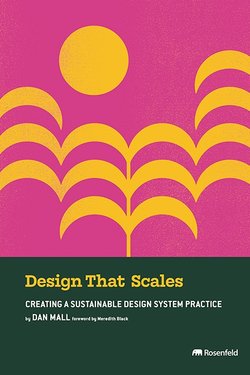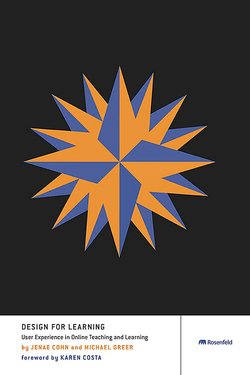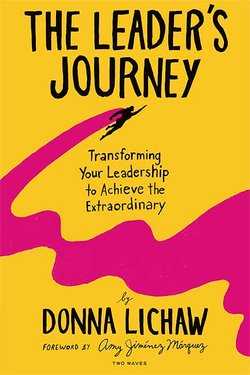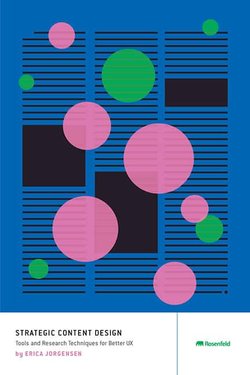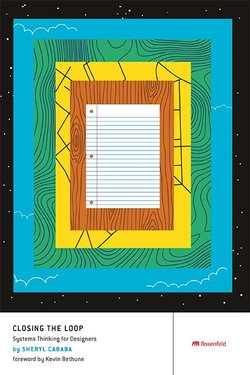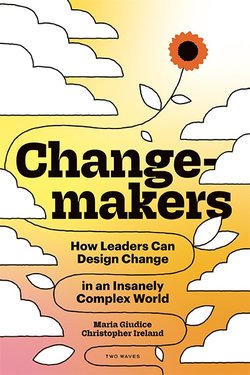Summary
This talk is a case presentation about using generative AI and graph languages to come up rapidly with complex enterprise designs. We are using a repository based enterprise architecture tool and EDGY, an open source visual language, to feed GPT4 with context-rich queries. The resulting maps and models are ... wrong. But they have proven to be inspiring or even triggering for conversations across a diverse stakeholder community, and shortcut our way to a set of correct and useful models that inform design decisions. Moreover they can highlight blind spots and interrelationships previously unknown and thereby enrich the design process with minimal effort. Takeaways Recognising blank page moments in complex challenges How to embed context and an ad hoc Training in an LLM prompt How to make generate a web of coherent maps such as Journey, JTBD, Organization, Process Maps that cover a complete design related to a given challenge How to use these maps and how not to use them when co-creating with others When to keep tackling the blank page yourself instead
Key Insights
-
•
Overcoming the blank page is a common challenge for designers and can be tackled using structured tools and AI.
-
•
User-centered design is crucial; starting from the customer's perspective helps in defining relevant tasks.
-
•
Understanding the complexity of enterprise environments is essential for effective design solutions.
-
•
AI should be viewed as an augmentation tool for designers, not a replacement.
-
•
Task mapping is key to transforming abstract ideas into actionable plans.
-
•
Collaboration between teams is necessary to break down silos in enterprises.
-
•
Using supportive design tools can help visualize complex systems and tasks more clearly.
-
•
Feedback loops from AI can encourage iterative improvement in design processes.
-
•
Structured graph language can clarify relationships within enterprise design.
-
•
Engaging with AI can produce surprising outcomes that inform and inspire further design efforts.
Notable Quotes
"We are often asked to come up with something useful very quickly, sometimes even before we do our research."
"Design starts from the customer, from the user; let’s go back to that experience we are designing for."
"Behind simple tasks, there’s often big complexity hiding; these are enterprise design challenges."
"If we don’t address the underlying systems, it can stifle our efforts."
"We have to deal with these complex social technical systems rather quickly."
"Enterprise design must navigate dark matter, which is often invisible in complex organizations."
"AI can augment our abilities, making us more efficient and not replace us."
"Every job or problem can be placed on a slider between AI and human capabilities."
"The wrong outcomes from AI can often lead to interesting discussions and insights."
"AI benefits from structured information; it thrives on context-driven data."
















More Videos

"You want to really create great products. We all want to be proud of our work."
Maria GiudiceRemaking the Making Company: Moving from Product to Experience
June 9, 2016

"Researchers need to adopt a scrappy, nimble approach to be effective."
Renee BouwensLanding Product Impact: Aligning Research as a Foundational Driver for Delivering the World’s Best Products
December 15, 2023

"If we're not prepared to get radical in our practice, we can only ever have surface layer intentions."
Amahra SpenceDesigning for Liberation, Rehearsing Freedom
November 18, 2022

"People outside your design organization are also making design decisions."
Dorelle RabinowitzThe Magic Word is Trust
June 15, 2018

"Design isn’t just about delivering; it's a continuous commitment to improvement."
Alicia MootyDesign Staffing Models
September 30, 2021

"Having a good community of practice fosters ownership and decentralized leadership within the team."
Alnie FigueroaTeamwork: Strategies for Effective Collaboration with Other Program Management Teams
September 8, 2022

"JTBD provides a stable and clear unit of analysis for innovation efforts."
Jim KalbachJobs To Be Done
February 25, 2021

"Designing services that work not just for us now but for our future selves is our responsibility."
Samuel ProulxInvisible barriers: Why accessible service design can’t be an afterthought
December 3, 2024

"It's on us to build awareness and demand for our work."
Gregg BernsteinOpportunistic Research with Gregg Bernstein
July 11, 2019











